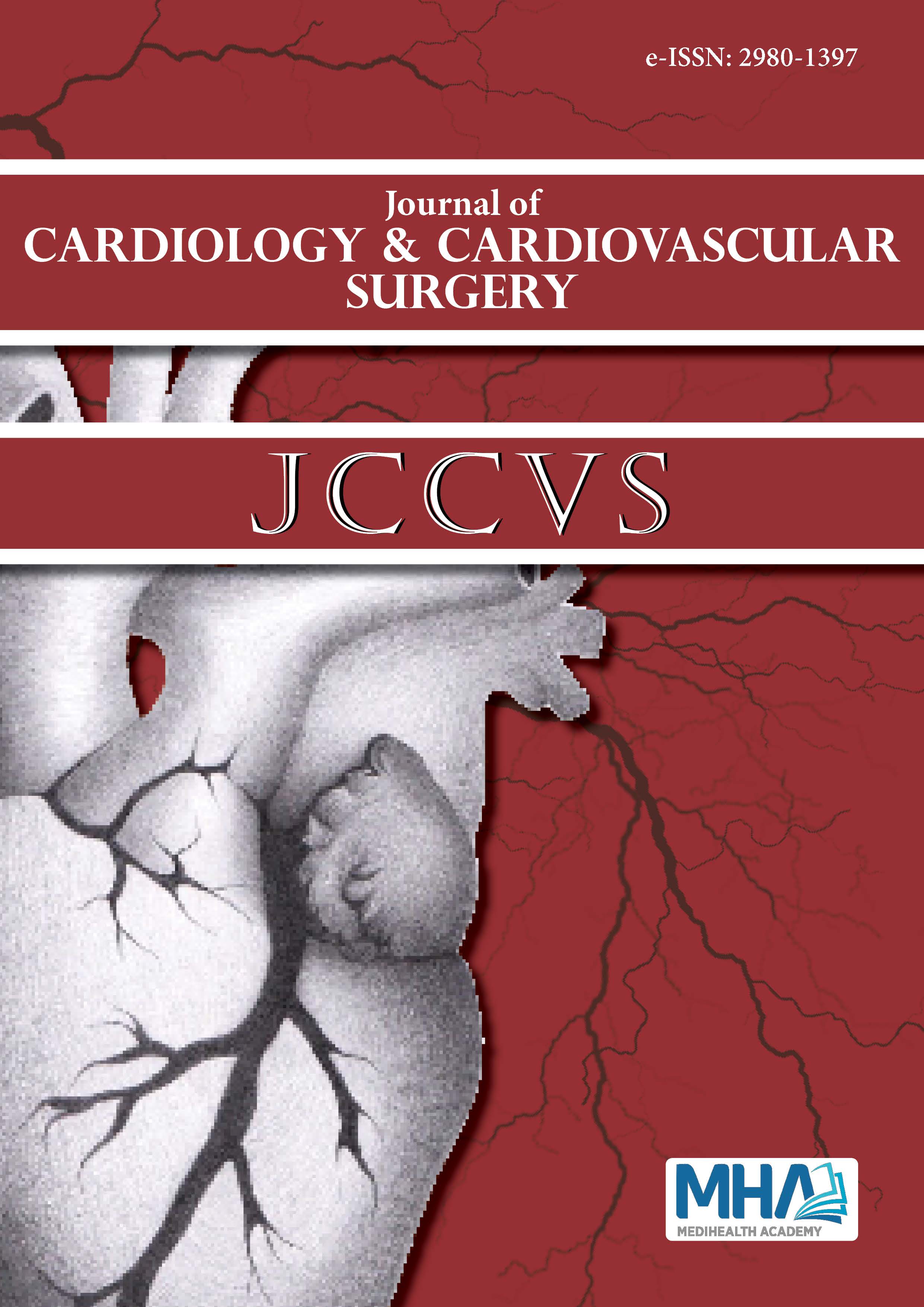1. Zhou B, Perel P, Mensah GA, Ezzati M. Global epidemiology, healthburden and effective interventions for elevated blood pressure andhypertension.Nat Rev Cardiol. 2021;18(11):785-802.
2. Arıcı M, Birdane A, Güler K, et al. Turkish hypertension consensusreport.Turk Kardiyol Dern Ars. 2015;43(4):402-409.
3. Huang QF, Yang WY, Asayama K, et al. Ambulatory blood pressuremonitoring to diagnose and manage hypertension.Hypertension.2021;77(2):254-264.
4. Inanc IH, Sabanoglu C. Systemic immune-inflammation indexas a predictor of asymptomatic organ damage in patients withnewly diagnosed treatment-naive hypertension.Rev Invest Clin.2022;74(5):258-267.
5. Vasan RS, Song RJ, Xanthakis V, et al. Hypertension-mediatedorgan damage: prevalence, correlates, and prognosis in thecommunity.Hypertension. 2022;79(3):505-515.
6. Schultz MG, Otahal P, Cleland VJ, Blizzard L, Marwick TH, SharmanJE. Exercise-induced hypertension, cardiovascular events, andmortality in patients undergoing exercise stress testing: a systematicreview and meta-analysis.Am J Hypertens. 2013; 26(3):357-366.
7. Mohammed LLM, Dhavale M, Abdelaal MK, et al. Exercise-inducedhypertension in healthy individuals and athletes: is it an alarmingsign?.Cureus. 2020;12(12):e11988.
8. Ghidoni C, Kruzik M, Rossi VA, Caselli S, Schmied CM, NiederseerD. Definitions for hypertensive response to exercise.Cardiol Rev.2024;32(3):273-278.
9. Tokushige A, Ohishi M. Pathophysiology of the exaggerated bloodpressure response to exercise.Hypertens Res. 2022;45(12):2028-2029.
10. Dutra-Marques AC, Rodrigues S, Cepeda FX, et al. Exaggerated exerciseblood pressure as a marker of baroreflex dysfunction in normotensivemetabolic syndrome patients.Front Neurosci. 2021;15:680195.
11. Schultz MG, Otahal P, Kovacevic AM, et al. Type-2 diabetesand the clinical importance of exaggerated exercise bloodpressure.Hypertension. 2022;79(10):2346-2354.
12. Grotle AK, Stone AJ. Exaggerated exercise pressor reflex in type2 diabetes: potential role of oxidative stress.Auton Neurosci.2019;222:102591.
13. Cuspidi C, Gherbesi E, Faggiano A, et al. Masked hypertension andexaggerated blood pressure response to exercise: a review and meta-analysis.Diagnostics (Basel). 2023; 13(6):1005.
14. Inanc IH, Sabanoglu C. The relationship of masked hypertension withautonomic dysfunction and cardiometabolic parameters: a case-controlstudy.Eur Rev Med Pharmacol Sci. 2022;26(17):6265-6272.
15. Martin ZT, Shah AJ, Ko YA, et al. Exaggerated peripheral and systemicvasoconstriction during trauma recall in posttraumatic stress disorder:a co-twin controlstudy.Biol Psychiatry. 2024;96(4):278-286.
16. Inanc IH, Sabanoglu C. Autonomic dysfunction and metabolicdisorders as the possible sequelae of COVID-19 infection.Eur Rev MedPharmacol Sci. 2022;26(15):5587-5595.
17. Laukkanen JA, Kurl S. Blood pressure responses during exercisetesting-is up best for prognosis?Ann Med. 2012;44(3):218-224.
18. Holmqvist L, Mortensen L, Kanckos C, Ljungman C, MehligK, Manhem K. Exercise blood pressure and the risk of futurehypertension.J Hum Hypertens. 2012;26(12):691-695.
19. Zafrir B, Aker A, Asaf Y, Saliba W. Blood pressure response duringtreadmill exercise testing and the risk for future cardiovascular eventsand new-onset hypertension.J Hypertens. 2022;40(1):143-152.
20. Sun P, Liu L, Liu C, et al. Carotid intima-media thickness and the riskof first stroke in patients with hypertension.Stroke. 2020;51(2):379-386.
21. Magnussen CG. Carotid artery intima-media thickness andhypertensive heart disease: a short review.Clin Hypertens. 2017;23(1):1-4.
22. Lee J, Vasan RS, Xanthakis V. Association of blood pressure responsesto submaximal exercise in midlife with the incidence of cardiovascularoutcomes and all-cause mortality: the framingham heart study.J AmHeart Assoc. 2020;9(11):e015554.
23. Pearson MJ, Smart NA. Effect of exercise training on endothelialfunction in heart failure patients: a systematic review meta-analysis.IntJ Cardiol. 2017;231:234-243.
24. Keller K, Stelzer K, Ostad MA, Post F. Impact of exaggerated bloodpressure response in normotensive individuals on future hypertensionand prognosis: systematic review according to PRISMA guideline.AdvMed Sci. 2017;62(2):317-329.
25. Baycan ÖF, Çelik FB, Güvenç TS, et al. Coronary flow velocity reserveis reduced in patients with an exaggerated blood pressure response toexercise.Hypertens Res. 2022;45(10):1653-1663.
26. Schultz MG, Sharman JE. Exercise Hypertension.Pulse (Basel).2014;1(3-4):161-176.

